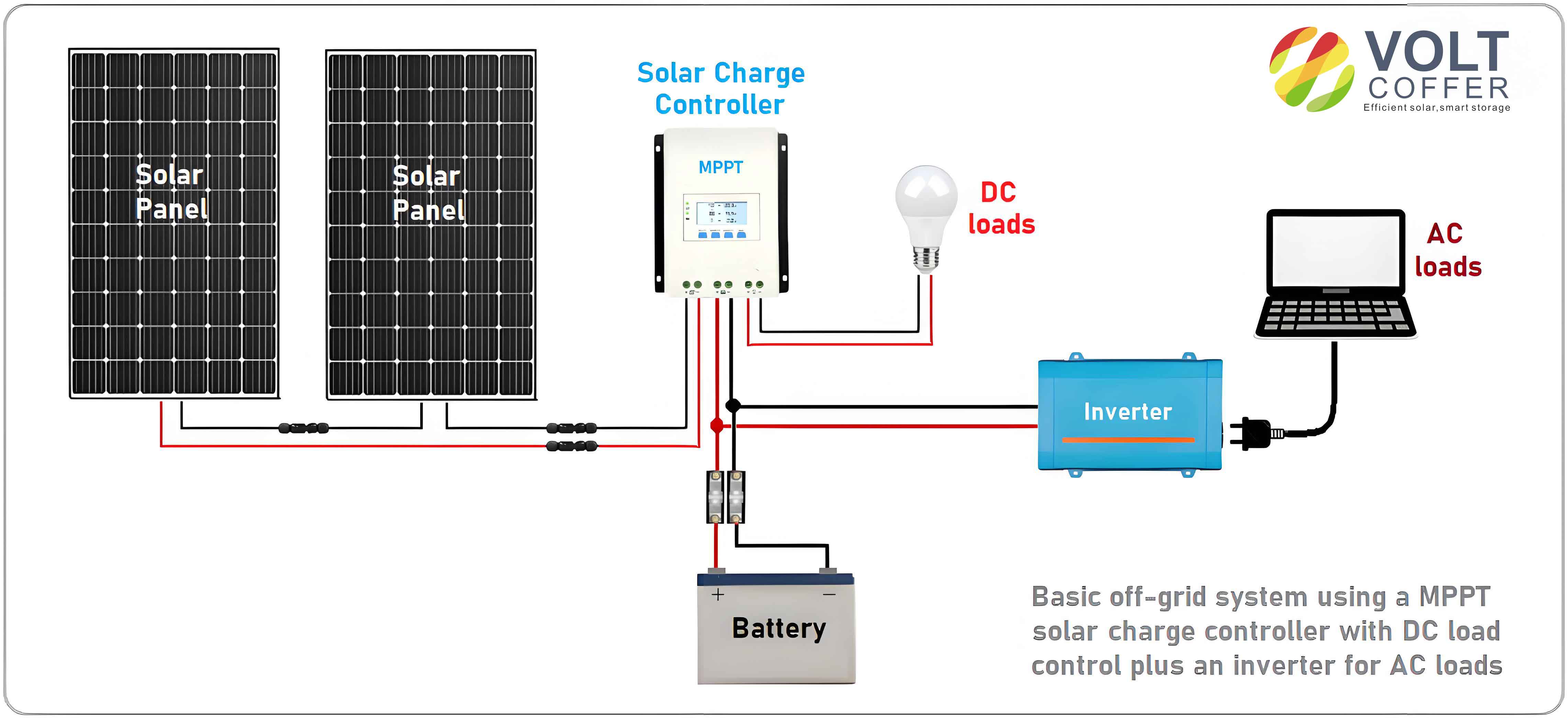we explore the concept of hybrid energy storage in the context of three-phase photovoltaic grid integration. The integration of photovoltaic systems into the power grid presents several challenges and opportunities, and hybrid energy storage systems offer a promising solution to address these issues.

I. Introduction
The increasing demand for clean and renewable energy sources has led to the rapid growth of photovoltaic (PV) systems. However, the intermittent nature of solar energy poses challenges for grid stability and reliability. Hybrid energy storage systems, which combine different types of energy storage technologies, can help to smooth the power output of PV systems and provide grid support.
II. Photovoltaic Systems
A. Overview of photovoltaic technology
- Explanation of how photovoltaic cells convert sunlight into electricity.
- Different types of photovoltaic panels and their characteristics.
B. Characteristics of photovoltaic power generation
- Intermittency and variability of solar energy.
- Impact on grid stability and power quality.
III. Energy Storage Technologies
A. Battery energy storage
- Types of batteries used in energy storage, such as lithium-ion batteries.
- Advantages and disadvantages of battery energy storage.
B. Supercapacitor energy storage
- How supercapacitors work and their unique properties.
- Benefits of using supercapacitors in hybrid systems.
C. Other energy storage technologies
- Flywheels, pumped hydro storage, etc.
- Comparison of different energy storage options.
IV. Hybrid Energy Storage Systems
A. Concept and design
- Definition of hybrid energy storage systems.
- Design considerations and configuration options.
B. Benefits of hybrid systems
- Improved power quality and grid stability.
- Enhanced energy management and efficiency.
C. Control strategies
- Different control methods for hybrid energy storage systems.
- Optimization algorithms for maximizing performance.
V. Three-Phase Photovoltaic Grid Integration
A. Requirements for grid integration
- Technical standards and regulations for connecting PV systems to the grid.
- Power quality requirements and grid support functions.
B. Challenges and solutions
- Issues such as voltage fluctuations, frequency deviations, and power factor problems.
- How hybrid energy storage can address these challenges.
C. Case studies
- Real-world examples of three-phase photovoltaic grid integration with hybrid energy storage.
- Analysis of performance and benefits.
VI. Future Trends and Outlook
A. Technological advancements
- Emerging energy storage technologies and their potential applications.
- Integration of smart grid technologies.
B. Market trends and opportunities
- Growth prospects for hybrid energy storage in the photovoltaic market.
- Policy and regulatory support.
C. Conclusion
- Summary of the key findings and contributions of this chapter.
- Future research directions and recommendations.
To further illustrate the concepts discussed in this chapter, the following charts can be included:
Chart 1: Comparison of Energy Storage Technologies
| Technology | Capacity | Response Time | Lifespan | Cost |
|---|---|---|---|---|
| Battery | High | Medium | Medium to long | High |
| Supercapacitor | Low | Very fast | Long | Medium |
| Flywheel | Medium | Fast | Medium | High |
| Pumped Hydro Storage | Very high | Slow | Long | High |
Chart 2: Control Strategies for Hybrid Energy Storage Systems
| Control Strategy | Description | Advantages | Disadvantages |
|---|---|---|---|
| Power control | Adjusts the output power of the energy storage system based on the power demand. | Simple and easy to implement. | May not be optimal for all scenarios. |
| State of Charge (SOC) control | Maintains the state of charge of the energy storage system within a certain range. | Ensures long-term stability. | Requires accurate SOC estimation. |
| Hybrid control | Combines multiple control strategies for better performance. | More flexible and adaptable. | Complex to design and implement. |
By incorporating hybrid energy storage systems, three-phase photovoltaic grid integration can be made more efficient, reliable, and sustainable. This chapter has provided an in-depth analysis of the various aspects of this topic, including photovoltaic systems, energy storage technologies, hybrid systems design, grid integration challenges, and future trends. Further research and development in this area are needed to fully realize the potential of hybrid energy storage for a cleaner and more resilient power grid.
